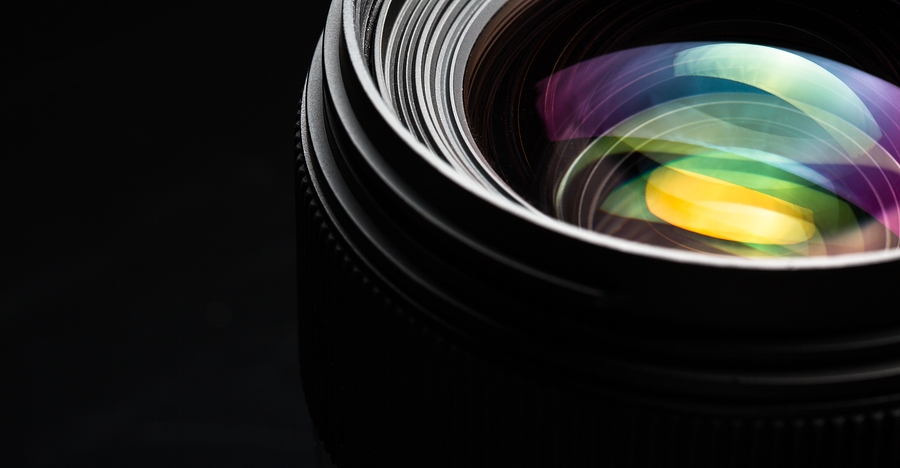Every lens has a “sweet spot” – the aperture that will give you the sharpest results.
How to determine the best apertures of your lens, the ones that will give you the sharpest images? It’s pretty simple, as photographer Dena Haines explains in this article over at Digital Photography School.
First, take a look at your lens
In this beginner’s guide, we’ll use an entry level zoom lens as our example. Most kit lenses (the basic lens that comes with a DSLR) generally shoot their sharpest at the mid-range aperture settings. To determine the mid-range of your lens, you’ll need to know its widest (or maximum) aperture setting. It is located on the side, or end, of the lens and will look something like this 1:3.5-5.6.
The rule to finding that mid-range sweet spot, is to count up two full f-stops (aperture settings are called f-stops) from the widest aperture. On my lens, the widest aperture is f/3.5. Two full stops from there would bring me to a sweet spot of around f/7.
There is some wiggle room in the mid-range, so anything from f/7 to f/10 will capture a sharp image. Once you know the mid-range of your lens, you can do an easy test to get your sharpest image. To perform the test you’ll need to shoot in Aperture Priority mode.
Perform a Lens Sweet Spot Test
Once you have your camera set up on a tripod, performing a sweet spot test only takes a couple of minutes. To begin, put your camera in Aperture Priority mode, then compose your shot and take a photo at varying apertures. Start out with the widest, then click that main dial a couple of times (to the right) and take another. Keep doing that until you’ve taken seven or eight photos.
Upload your photos to your computer and zoom in on them. You’ll quickly see which aperture settings gave you the sharpest overall image.
Tips for capturing your sharpest images:
- Shoot in Aperture Priority mode
- Choose a mid-range aperture (usually f/7 to f/10)
- Use a tripod and a remote shutter release (or your camera’s self-timer) to reduce camera shake
- Take a series of shots at f/7 through f/10 when a sharp capture is especially important
Read the full article over at Digital Photography School.
Source: Digital Photography School

